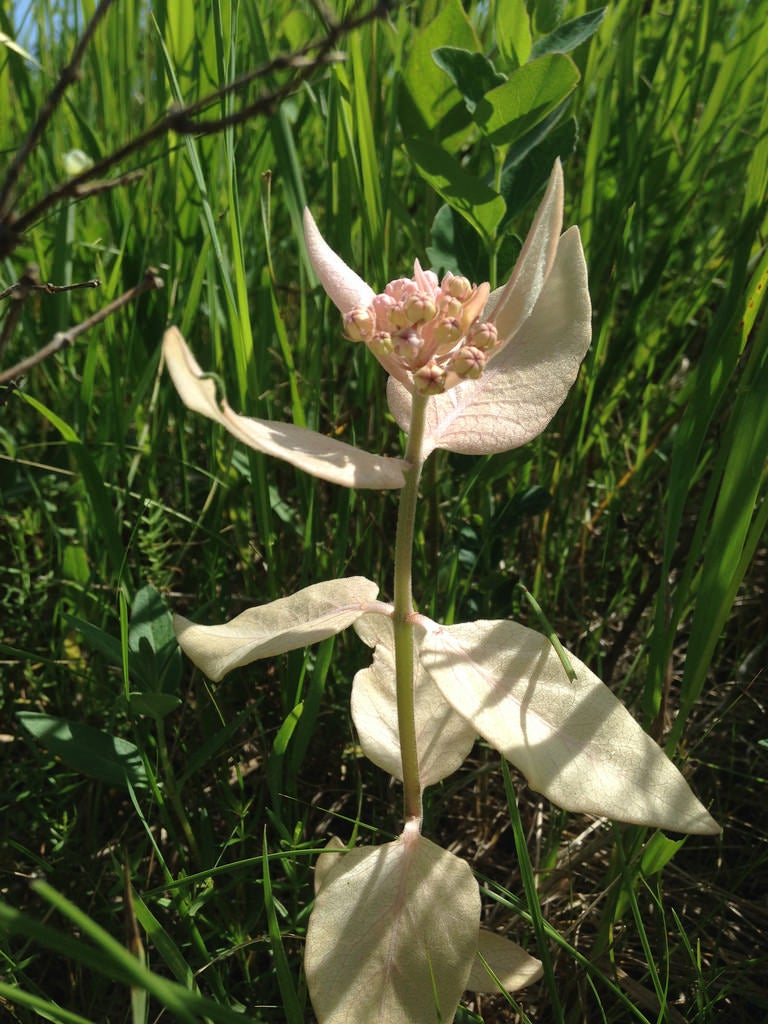Albino Plant Info: How Do Plants Having No Chlorophyll Grow


You may be familiar with albinism among mammals, which is more commonly found in mice and rabbits, often demonstrated by the presence of white fur and abnormally colored eyes. Traits of albinism may also be found in humans. Interestingly, lesser known albinism in plants is also a genetic mutation that may happen in the home garden.
When direct sown, plants with albinism may go unnoticed. However, growers who start their seeds indoors in cell trays may be left questioning why their seedlings are demonstrating this unique trait. Read on for additional albino plant info.
What is Plant Albinism?
Plants with albinism occur when they do not produce chlorophyll due to genetic mutation. Emergent albino plant seedlings will have a distinct white color. True plants with albinism will demonstrate no hint of green pigment at all. These plants can be either fully albino or demonstrate partial traits, creating variegated plant foliage.
Will Plants Without Pigment Grow?
Chlorophyll is vital to healthy and continued plant growth. The process of photosynthesis requires chlorophyll as a means for the plant to produce its own food. While albino plant seedlings do emerge and may seem to grow, this early plant energy is the result of that which has been stored in the seed.
Plants having no chlorophyll are unable to absorb and produce energy for growth from sunlight. This inability to complete photosynthesis will eventually cause the albino seedling to wither and die once its energy stores have been exhausted. Plants that demonstrate only partial albinism are able to grow to larger sizes, but may remain small or stunted due to diminished amounts of chlorophyll within the plant.
Although some scientists are able to keep albino seedlings alive for short amounts of time using special soil and treatments, it is rare in the home garden to grow albino plants to mature size. Home gardeners wishing to add unique and interesting foliage to their gardens can do so by seeking varieties that demonstrate some, but not complete, plant mutation such as variegated plant species that are specifically bred for this trait.
Sign up for the Gardening Know How newsletter today and receive a free copy of our e-book "How to Grow Delicious Tomatoes".

Tonya Barnett has been gardening for 13 years. Flowers are her passion. She has transformed her backyard into a cut flower garden, which she regularly chronicles on her YouTube channel http://www.youtube.com/@tonyawiththeflowers.